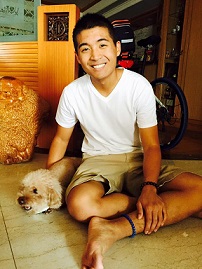Finding the balance between passive and active learning
When we first start learning chess, it feels like there is just so much we need to know. And once we learn one, another comes.
Like: develop pieces in the opening, opposition in king and pawn endgames.
Then we might even learn some patterns, like "decoy" or "double attack" as tactical themes.
Learning these invoves reading a lot of text, most commonly, reading examples of the particular concept. The bulk of the training is reading with a light amount of exercises.
Most people do this well, and don't get me wrong, it is by no means an easy task. But at some point, we finish learning a lot of concepts, and all of a sudden it feels like there is nothing else to learn. We begin to expect all of our learning to come from reading a textbook - similar to how we are spoonfed during primary schools.
But this has serious defects, in particular we reach a stall in our learning. If you are in this position, I will quickly say that there is still much training we can do, and they involve light (if any) conceptual discussion and heavy practice (active learning).
To conceptualize this, we can say that we must go from learning theory to applying it.
There are many ways to do this, but in general they are split up into some familiar categories such as tactics, positional play, endgame, and opening.
It is up to the student to put in the effort - in this manner they will surely make the transition to more competitive levels.
